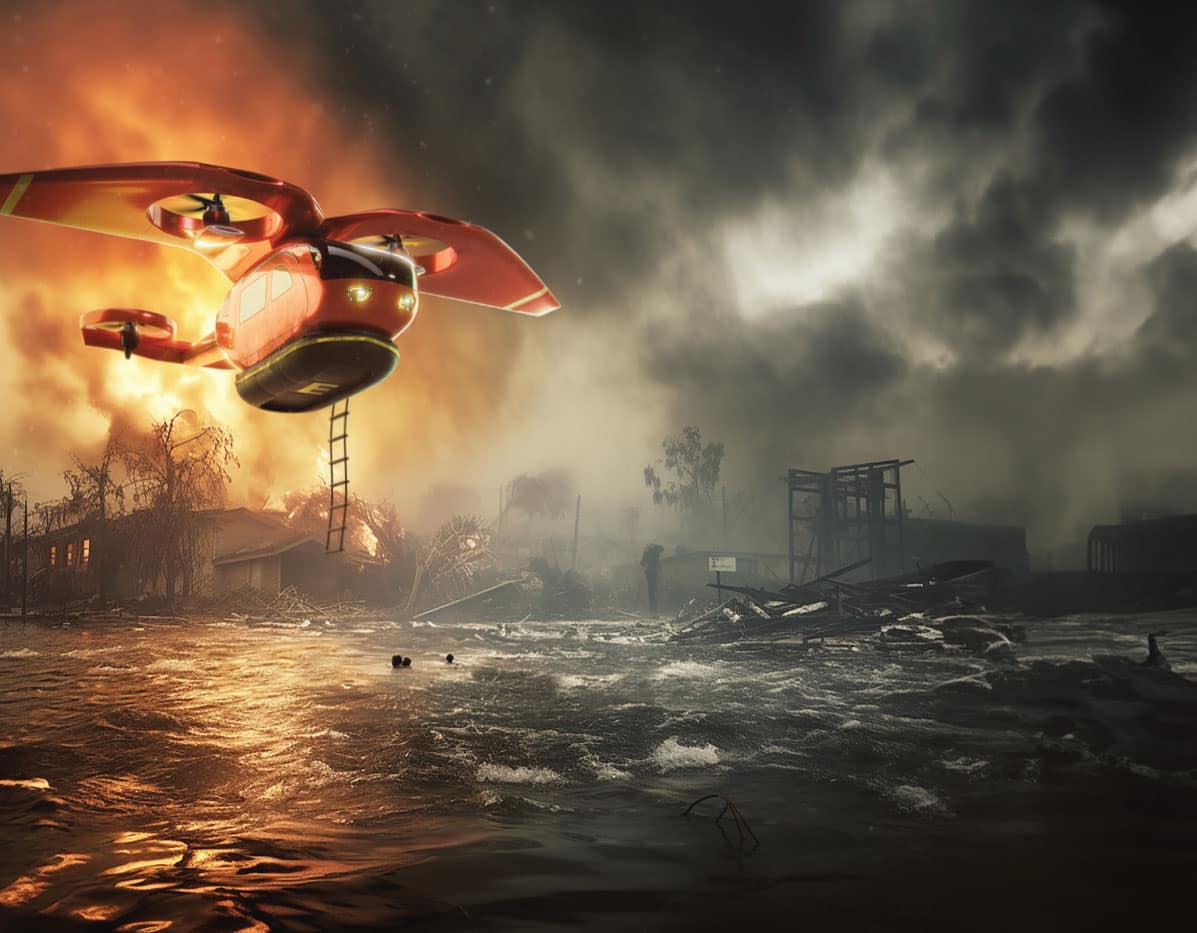Aviation Week Op-Ed: Embry-Riddle President Lauds Hands-On Learning and Collaboration with Industry to Advance Engineering Education

In his latest “Aviation Week”essay, Embry‑Riddle Aeronautical University President P. Barry Butler, Ph.D., notes that collaborations among industry, academia and government agencies have resulted in dramatic improvements to engineering education. Dr. Butler’s essay was published by “Aviation Week” on Feb. 17, 2024. Through the Hunt Library, the Eagle community can log onto ERNIE to freely access the essay. Alternatively, subscribers to “Aviation Week” can log in here. The article is also provided below.
Steps from where students learn to repair the latest jet engines and avionics inside Embry-Riddle Aeronautical University’s Aviation Maintenance Science Building stands a working scale replica of the wind tunnel built by Orville and Wilbur Wright.
The original — a long wooden box with a gas-powered fan and balances made from bicycle-spoke wires — proved essential to the advent of flight. The brothers used it to complete hundreds of tests of airfoils, made from modified hack-saw blades, at 0-45-deg. angles in winds up to 27 mph, writes historian David McCullough in his book on the aviation pioneers.
This Wright brothers’ brand of ingenuity — blending calculation, experimentation and intuition — serves as a time-tested model for the project-based learning in today’s university engineering programs. As the aerospace industry seeks fresh talent, Engineering education has evolved to include many real-world, hands-on opportunities that are essential for keeping students inspired about their career options.
This was not always the case. In the post-World War II era, the launch of Sputnik and other factors prompted changes to engineering curricula. Hands-on learning took a back seat to modeling and theory. Computer technology furthered that trend. Simulations became widespread in engineering practice and education, limiting hands-on lab work. But educators and industry representatives soon realized the limits of that emphasis and shifted to hands-on learning.
Thanks to collaborations among industry, academia and government agencies, today’s aspiring engineers are building an array of uncrewed aerial vehicles, constructing rockets that reach record-setting altitudes and testing their research in space. The role of industry in advising academia on curricular content and sponsoring project-based learning cannot be understated.
Even as early as high school, students are encouraged to engage in hands-on learning experiences, such as the immersive aviation elective course sponsored by the Embraer Foundation and Embry-Riddle that asks students to conceive and design an electric vertical-take-off-and-landing vehicle using a professional design platform. Winners receive photorealistic virtual reality images of their aircraft and internship opportunities — the illustration above, titled “The Seamoth Search and Rescue Drone,” depicts the design that won the 2023 challenge. More important, students are given a chance to experience the exciting fields of aviation and aerospace. Such programs as the First Robotics Competition and the American Rocketry Challenge also provide formative experiences that attract young people to science, technology, engineering and math disciplines.
The result of such efforts is that higher education engineering programs are filled with students eager to contribute to the future of aviation and spaceflight. Some are making the kinds of contributions that years ago would have been unthinkable for their peer group — or for anyone outside of NASA.
A lightweight rover, built by students at Carnegie Mellon University in Pittsburgh, was onboard the Peregrine lander that unfortunately failed to reach the moon recently. While the students who designed, tested and built the lunar rover might have been disappointed, the experience they gained is priceless.
At Embry-Riddle, meanwhile, we eagerly watched the Feb. 15 launch of Intuitive Machines’ lunar lander. Steve Altemus, Embry-Riddle alumnus and CEO of Intuitive Machines, challenged students to engineer a camera system to capture the IM-1 mission’s Nova-C lander about four years ago. The result was EagleCam, a brick-shape satellite camera designed to be ejected from the lander seconds before touchdown. From ejection to the moon’s surface, EagleCam should capture images of the spacecraft and other valuable data.
The EagleCam team includes undergraduate and graduate students who worked to ensure that the camera could withstand the freefall to the moon’s surface and still take and transmit photos. Listening to the team members talk about this challenge brings to mind the Wright brothers’ ingenuity — the students tackled a complex physics problem and executed hands-on tests.
If all goes well, the EagleCam images will be the first to capture a spacecraft from a third-person point of view landing on the moon. And this will be thanks in part to a giant leap in hands-on, project-based learning experiences in higher education engineering.
P. Barry Butler is president of Embry-Riddle Aeronautical University.
